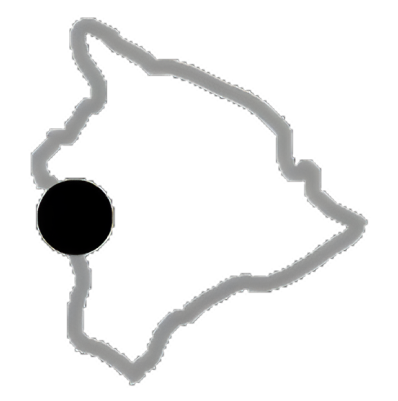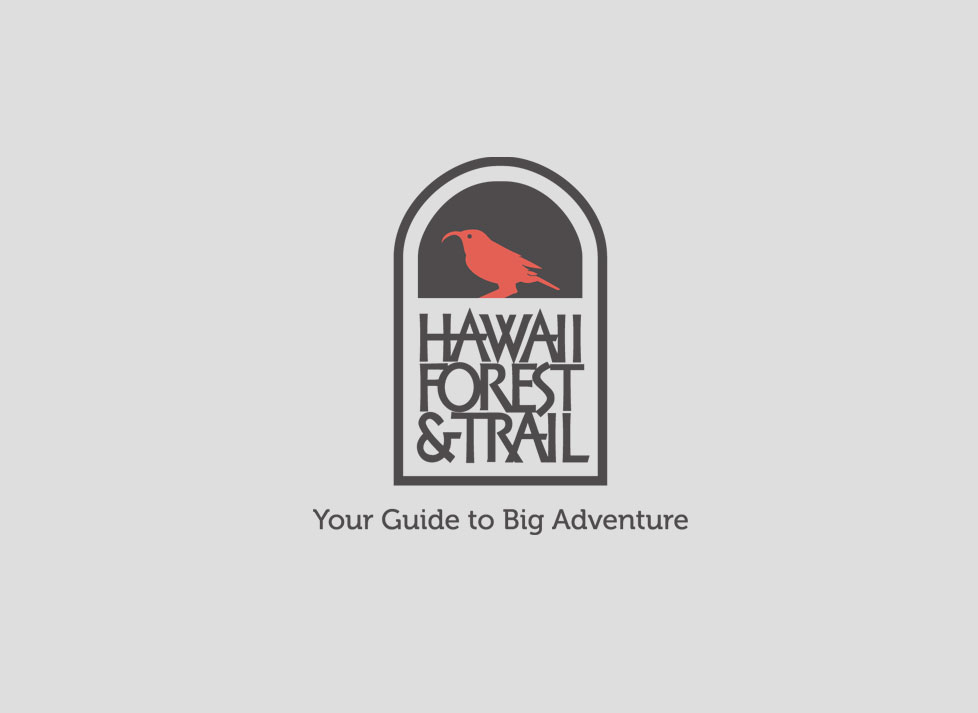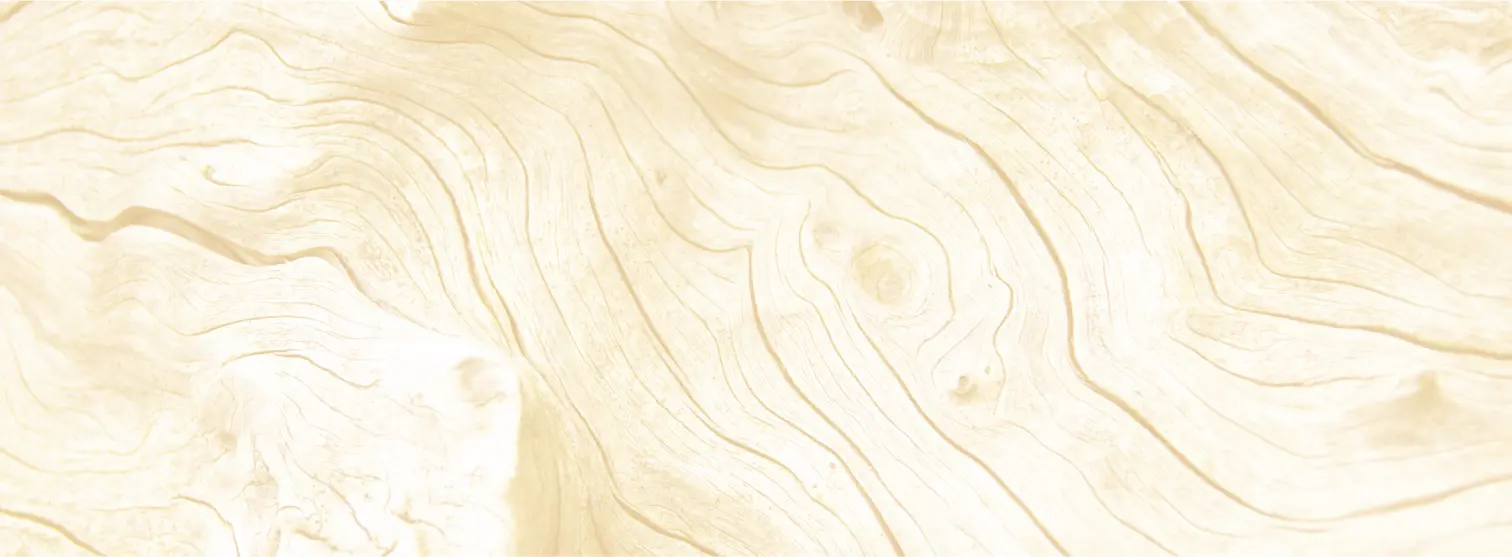At its elevational height of over 6500’, the road crosses Pohakuloa (long stone) and Humucula, a big flat plain between the two volcanoes. This volcanic plain was created as eruptions from the mountains overlaid one another creating a hump or “saddle” between the two. Hence, the name Saddle Road.
Climbing the Saddle Road (Mauna Loa in Distance)
Like a roller coaster with lots of curves and undulations, it is exciting to drive. The views from the road are perhaps the best of any trip on the island. And to top it off, there is often impressive military action to be seen at the Pohakuloa Military Training Area: jets and heavy artillery bombing away, helicopters buzzing overhead, convoys of humvees and 5-ton trucks with cannons and machine guns in tow. Along with these intriguing features, Route 200 also offers some great lessons of Hawaii’s natural history. As it passes through the dry, leeward, Kona side up to the saddle and descends the wet, windward slopes into Hilo, one classic story that unfolds is the wet and the dry.
Vegetation Changes at Different Altitudes
Hawaii’s dominant weather is defined by the trade winds. The trade winds are massive circular motions of air. As air is heated up at the equator it rises to the poles; there it cools and moves back towards the equator. Warming and cooling, the air goes round and round the hemisphere. As this wind moves across the Pacific it evaporates water off the ocean surface. By the time the trades hit the islands it is very wet air. The wind has to go up over the islands. As air rises it cools. Cool air can’t hold as much moisture as warm air, so the water vapor condenses into clouds and the rain falls. By the time the air gets to the leeward side, most of the moisture has been squeezed out. Thus, the leeward sides of the islands are generally dry and the windward sides wet. Driving over from Kona to Hilo on the Saddle, this wet and dry system is apparent by the vegetation (or lack thereof) along the way.
At the junction of Mamalahoa Hwy. and Saddle Road the trades blow over the Waimea Plains (which is the saddle between Kohala volcano and Mauna Kea) and a dry savanna habitat. The two most obvious plants here are the African fountaingrass and the prickly pear cactus. Another plant, the endemic aalii, does well in this area which receives around 20” of rain a year. Heading up the hill, the annual rainfall increases a bit but not much. At the top of the saddle, the dry sub-alpine forest plants get only 15” of rain. This is a Mamane / Naio forest, so named by the two trees which formed the canopy. Along with the mamane and naio, an assortment of native species, such as sandalwood and beggar’s ticks once complemented this dry forest system. Now hardy alien plants, such as the prolific mullein and various grasses dominate it. Once past the Mauna Kea State Park, the road enters the barren lava fields of Mauna Loa. The first flow is the large 1843 flow with nary a plant on it. Just past the large cinder quarry the road passes through a small patch of rusty red a¢a. This is a two thousand-year-old flow and for lack of rain, hosts very few plants at all. The shiny black pahoehoe lava is from an eruption in 1935. It too has no plants.
Saddle Road Winds (Kohala and Maui in Distance)
Past the cinder cone of Puu Huluhulu, we’ve crested the saddle and begin the descent into Hilo and the wet. At about mile marker 25, there is a noticeable increase in the plants colonizing the ‘35 flow. Now for about every mile of road towards Hilo, the annual rainfall increases about 15 to 20 inches. So that by the time the road reaches the 2000-foot level, the forest receives 250-300 inches a year. The dry forest plants and barren lava flows have been left behind. The vegetation is a dense tangle of Ohia-lehua / Uluhe fern rainforest. This is terrain so overgrown only a pig or a machete-wielding hiker could navigate it. From the 2000’ elevation level and down into Hilo the rainfall amount decreases. Hilo gets an average of 120 inches a year. Straight over on the Kona side at the coast is Waikoloa. Waikoloa gets a paltry 10 inches of rain. It is a coastal desert strand.
Pohakuloa Military Camp (Mauna Kea in Background)
Mauna Kea State Park (Mauna Loa in Background)
Nowhere else on the island can a driver encounter such a vivid and diverse example of geography and climate as on the Saddle. It is always a joy to move from sunshine and blue sky into cloud mist and downpours and back to sunshine again. The native rainforest that grows above Hilo along the Saddle is one of the finest in all the islands. Unfortunately, the dry forest that once covered the Kona side of Saddle Road is but a sad remnant. Human impact in these native dry lands have led to extinction and scarcity that has made some Hawaiian plants the rarest on the earth. But that’s a whole other story for another road trip over the hump.
(Photos by A. & T. Nisbet)


